When you consider investing in a miter saw for the first time, a lot of concerns come rushing to your head. One of them is the versatility of the blade. That leads to one of the most burning questions- are miter saw blades universal?
In simple terms, no, miter saw blades are not universal. The difference in size prevents one blade from working with another miter saw. Which blade will be suitable for the miter saw also depends on the material you are cutting.
This issue cannot be explained in a few words. So, let’s take a deeper dive into the topic.
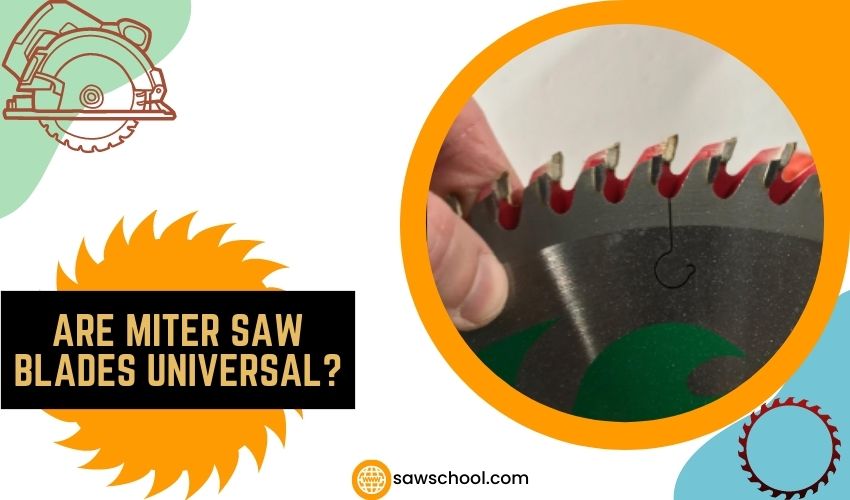
Are Miter Saw Blades Universal?
The first thing to consider when asking whether miter saw blades are universal or not is size. In simpler words, the question denotes whether you can attach a different-sized blade in a different-sized miter saw or not.
This is a tricky question to answer. For instance, you can attach a 7 ¼ inch blade to a 10 inch miter saw if the arbor matches the blade. However, you will still not get the optimum result due to several factors, including the speed of the blade. So, it is safe to say that miter saw blades are not universal.
The most common sizes for a miter saw blade are 8 inches, 10 inches, and 12 inches. There are larger and smaller blades apart from this range. These blades are particularly made for miter saws that match the size of the blade diameter.
There’s another aspect to this topic. When you ask whether miter saw blades are universal or not, it can also mean whether you can cut all types of material using the same blade or not. The answer will still be no. But let’s get into some details about this.
6 Different Blade Types For Miter Saw
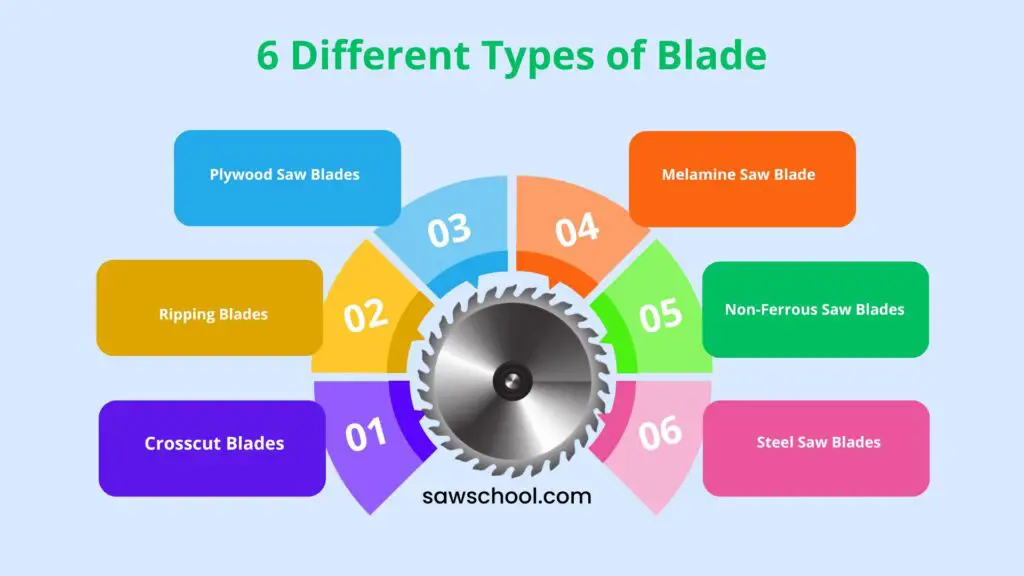
There are a lot of blade types available in the market. Apart from the size difference, there are other types of variations too. Let’s see what they are.
Crosscut Blades
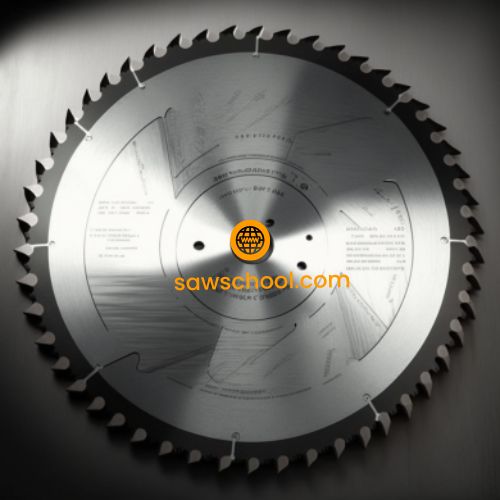
Crosscuts refer to cutting a material against the grains. Usually, it’s extremely delicate work. Most of the time, the material can chip or break if you don’t use the right blade.
There are some blades specifically made for crosscuts. When you use a blade specifically made for crosscuts, the process becomes easier, and the outcome is cleaner than expected.
Ripping Blades
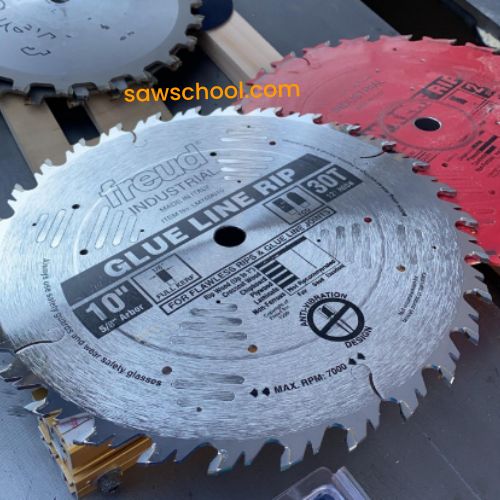
Ripping saw blades are entirely different from crosscut blades. For starters, ripping blades come with a comparatively lower tooth count. The reason behind this is that rip cuts are along the grain and doesn’t require more teeth.
In addition, when a blade has fewer teeth, it can cut faster. Usually, this type of blade is suitable for cutting hardwood. You can check more details about tooth count in my article 60 vs 80 vs 100 tooth miter saw blade.
Plywood Saw Blades
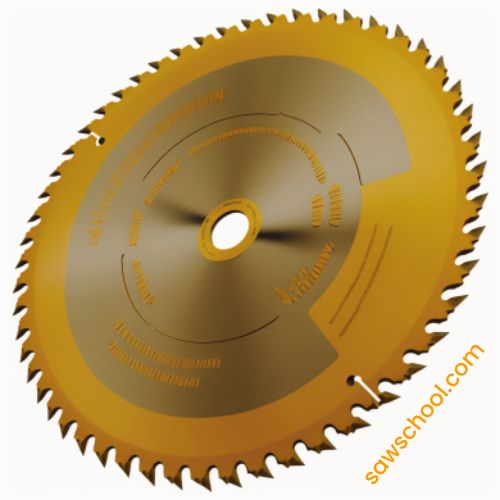
Plywood is a more delicate material than others. That’s why manufacturers have created blades solely for the purpose of cutting materials like laminate and plywood. By using these blades, you can avoid damaging the material and get cleaner pieces for your work.
Melamine Saw Blade

Another stubborn material to consider is melamine. The special coatings on melamine boards make them vulnerable to cutting. When you are chopping a melamine board, you may come across chipping and end up damaging the entire board.
That’s why specific blades with a higher tooth count are created. This way, you can get smooth cuts without damaging the board.
Non-Ferrous Saw Blades
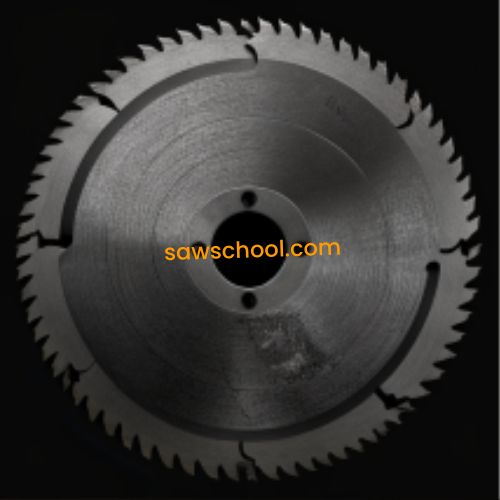
If you are promoting your miter saw from wood to cut something more challenging like aluminum or copper, you can’t use the same blade as before. Non-ferrous blades are required to cut metals with a miter saw.
Steel Saw Blades
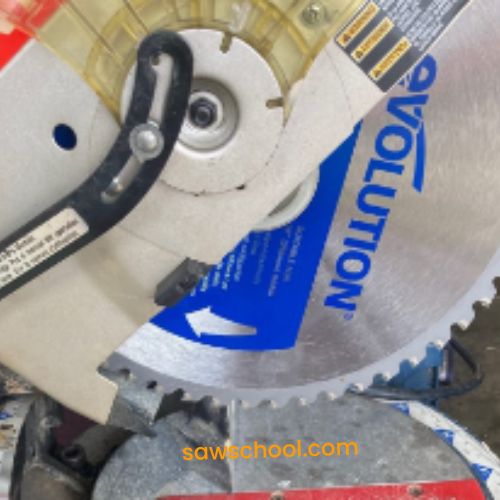
Carbide steel miter saw blades are usually stronger than others, making them suitable for cutting specific materials like steel pipes. These blades are comparatively more durable than other options but also cost more.
6 Tips For Your Blade Maintenance
If you want your miter saw blade to last and give you constant results, you need to maintain it. Let’s take a look at what you can do to maintain your miter saw blade.
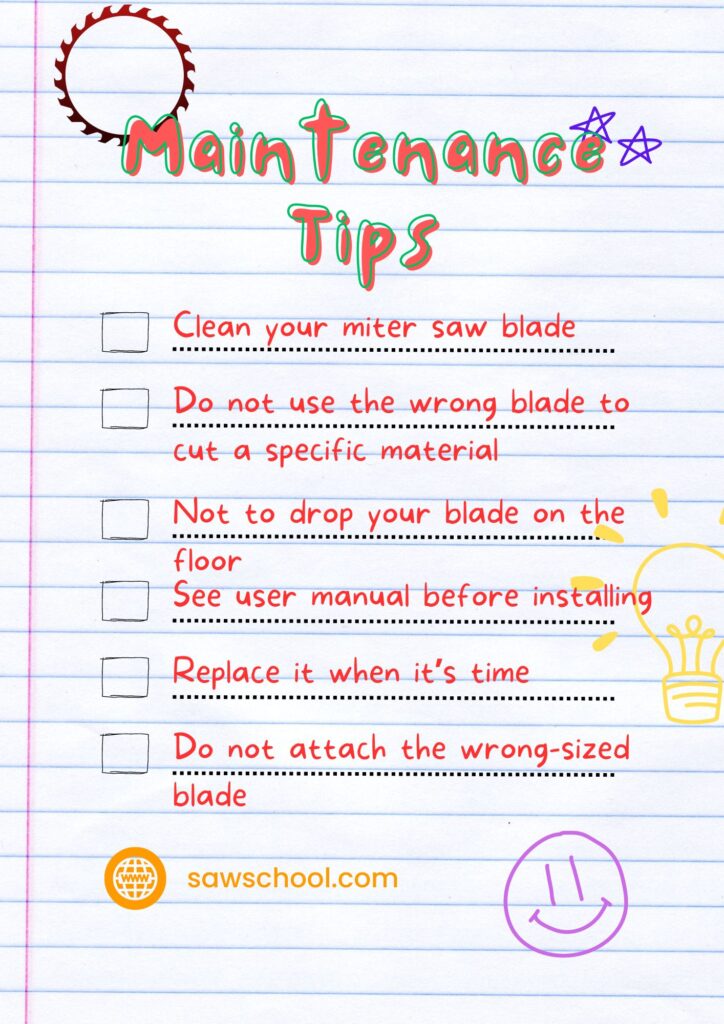
- Regularly clean your miter saw blade to prevent it from getting damaged. Use the right solution.
- Do not use the wrong blade to cut a specific material. This not only gets you disappointing results but also damages your blade.
- Be careful not to drop your blade on the floor.
- Refer to the user manual before installing the blade to avoid any damage to the blade, and your miter saw.
- Avoid using a blunt miter saw blade. Replace it when it’s time.
- Do not attach the wrong-sized blade to your miter saw. Compatibility is crucial.
Frequently Asked Questions

Can you use any blade on a miter saw?
You cannot use any blade on a miter saw. There are specific criteria to fill before operating a miter saw using the blade. For instance, the arbor and the diameter of the blade’s hole have to be compatible with each other.
Can you use a circular saw blade on the miter saw?
If the size matches, you can interchangeably use the same blade for a circular saw, and a miter saw. However, a blade not specifically made for a miter saw will not perform effectively. So, it’s best to stick to the recommendation, especially when blades are not that pricey. You can check this article from Saw Summary to learn more about this topic.
Final Words
As you can see, the answer to the question is miter saw blades are universal or not is clear. Miter saw blades come in different sizes, and they can’t be used interchangeably. In addition, you cannot use the same blade for cutting all types of material either.
If you use the wrong type of blade for cutting a specific material, the result will not be as you expected. Besides, you will end up damaging your miter saw and the blade. So, make sure to recheck what blade you’re using and whether it’s compatible with your miter saw or not.
